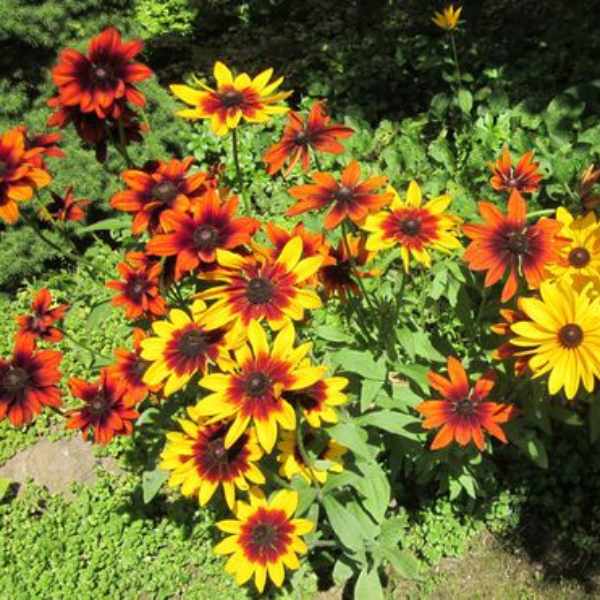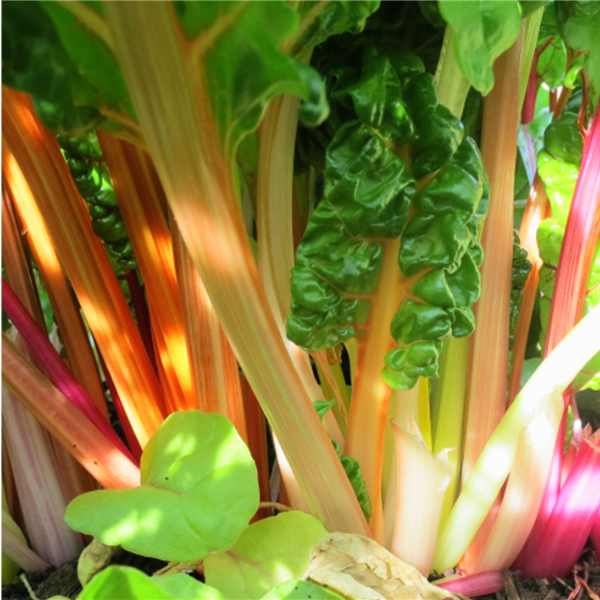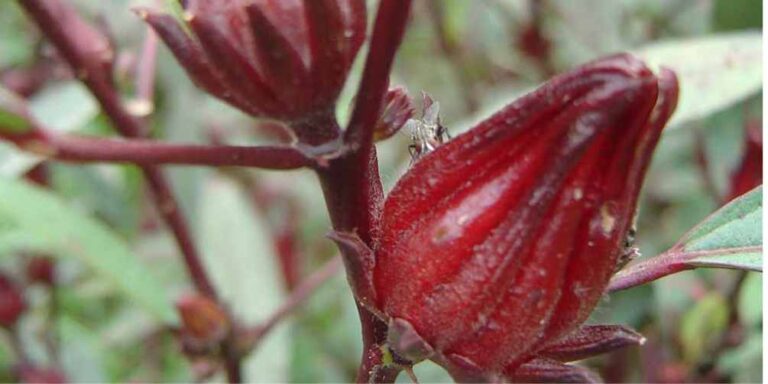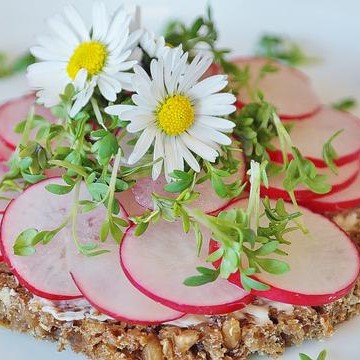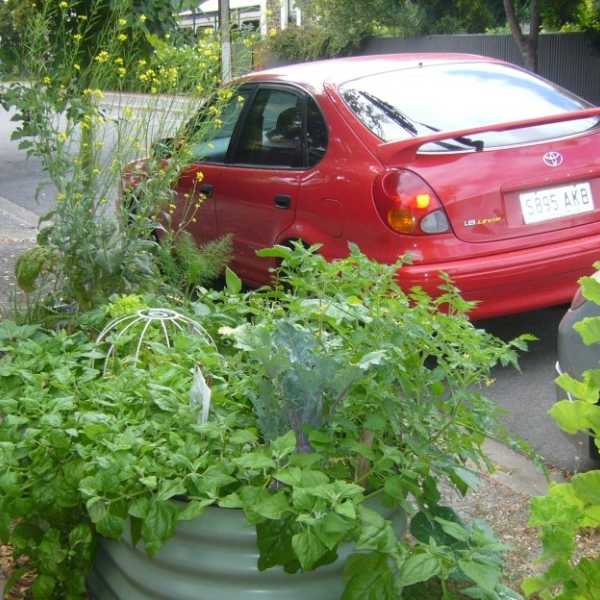How to grow Sweet Peas
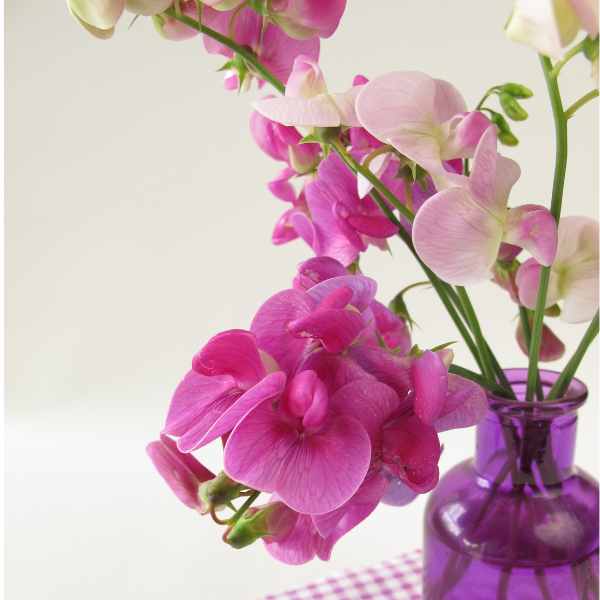
Sweet peas are one of the most popular winter flowering annuals. They put on a long-lasting display of vivid hues, from purples and pinks, to reds and white. Sweet peas make excellent cut flowers to brighten up your living spaces with some varieties possessing a heavenly perfume.
They will happily clamber up any support you care to give them, from fences to walls or trellises, tripods or tepees and there are even short varieties that are ideal for planting among other small flowers or will tumble gracefully out of a hanging basket, making them a gorgeous addition to any home garden.
While St Patrick’s Day (March 17th) is considered the traditional date for sowing sweet peas, in warmer temperate climate areas such as Brisbane and Perth, it’s safer to wait until April or May. Once the soil is cooler, there’s a lower risk of the seeds rotting before they germinate.
Position
While sweet peas need plenty of sun, temperate climates, such as Perth, can produce some very hot autumn days. Your sweet peas will do better in a spot which gets the morning sun, and afternoon shade in this type of setting. Cooler climates can tolerate afternoon sun. Also, choose a spot with good drainage.
Soil
Sweet pea seeds are best planted directly into the garden bed about 3 cm deep and 7 cm apart into soil that is slightly alkaline. Add compost or well-rotted manure prior to planting. Potash is also good as it’s based on calcium carbonate and potassium carbonate. Calcium makes the soil slightly alkaline and potassium promotes healthy, vigorous growth.
Planting the seeds
- Soak them in warm water for about four hours before planting.
- Water the planting area thoroughly, then make a narrow trench 3cm deep.
- Drop the seeds into the trench, spacing them about 5cm apart.
- Cover the seeds and press down on the soil lightly with your hand.
- Don’t water the seeds after planting – too much moisture can cause them to rot. In fact, don’t water again until the top centimetre of soil dries out. Always aim for moist rather than soggy soil around the planting area.
- When the seedlings are about the height of a finger, thin them out so they are about 10cm apart.
- Use the thinnings to fill any gaps or plant them in other parts of the garden.
Support
Depending on the variety of sweet pea you choose, you may need to provide support for your plants such as an arch, tepee or trellis. The support only needs to be basic, as they are not heavy plants. Dwarf varieties don’t need support.
Tips for success
- Avoid using too much fertiliser (particularly high-nitrogen feeds) or plants will produce lush green leaves but very few flowers.
- Mulch and water well for good flower production. Once they start to produce, be sure to pick stems every other day to prevent seedpods maturing. The more you pick, the more flowers the plants will develop.
- Pick flowers in the morning and place immediately into a vase of water if you want to display them indoors.
- Avoid over-watering and wetting the foliage. Instead water at the roots.

